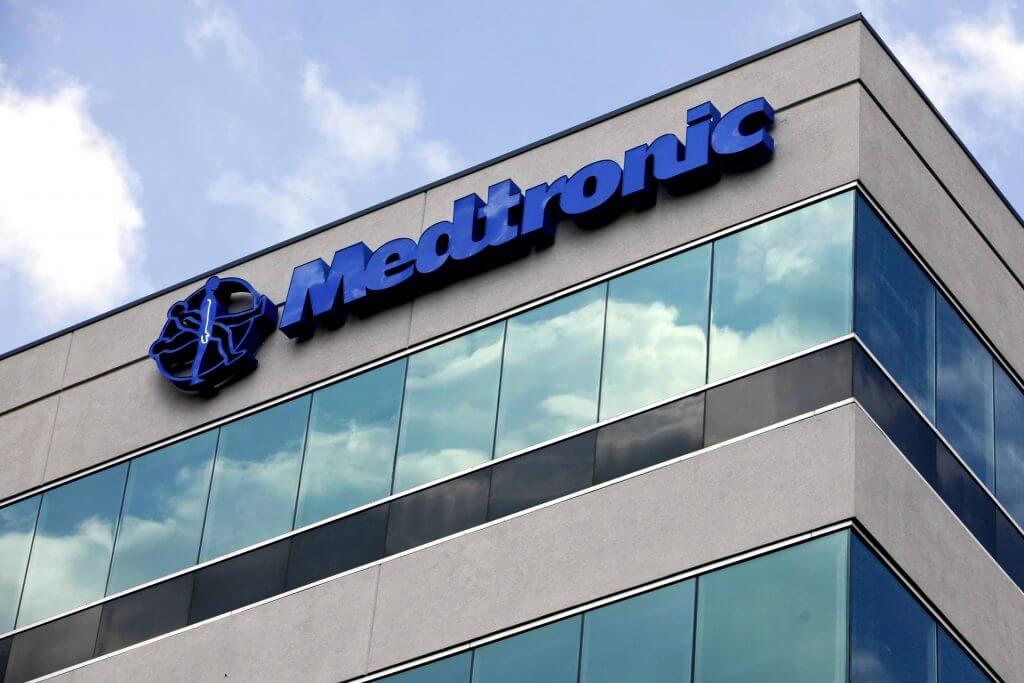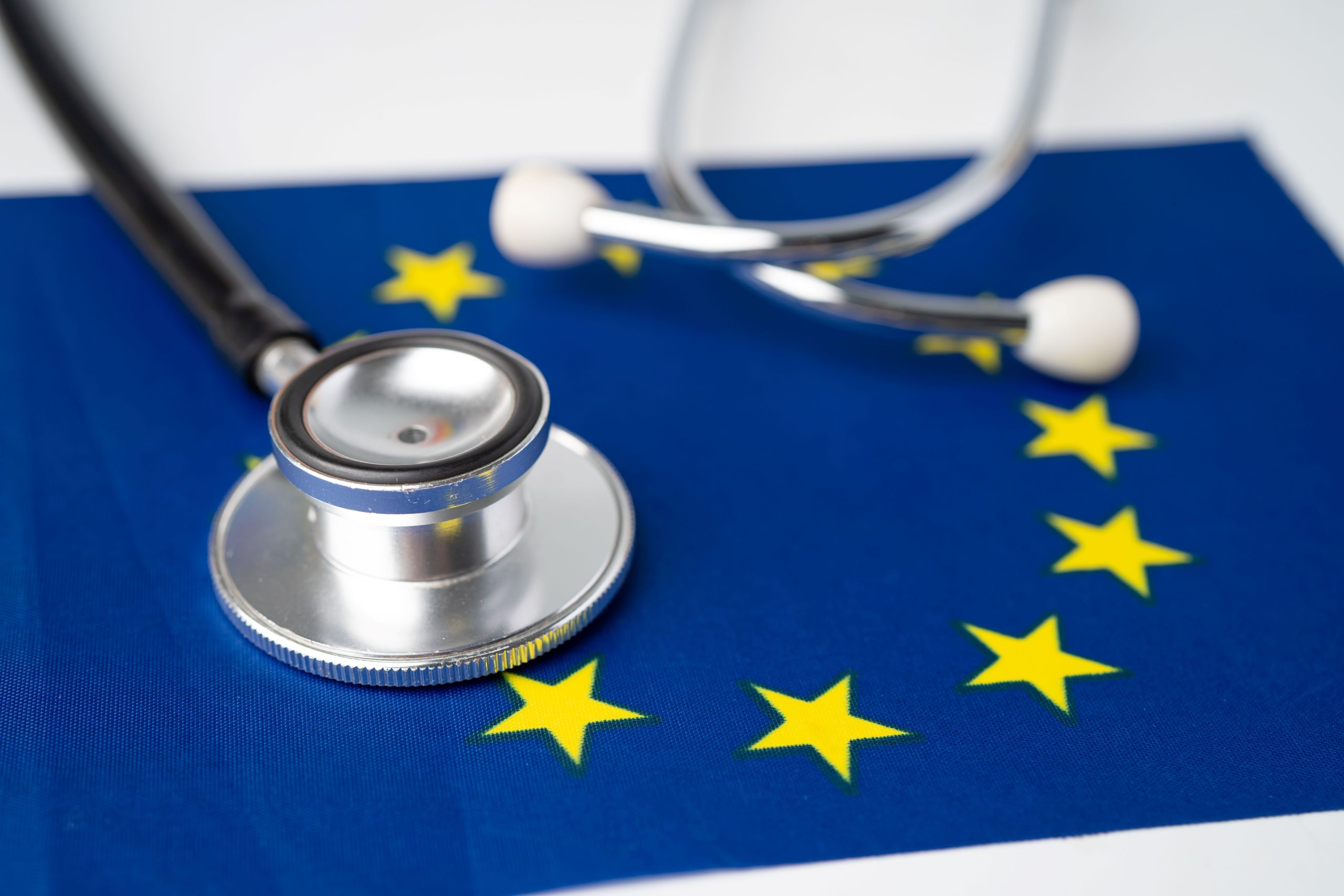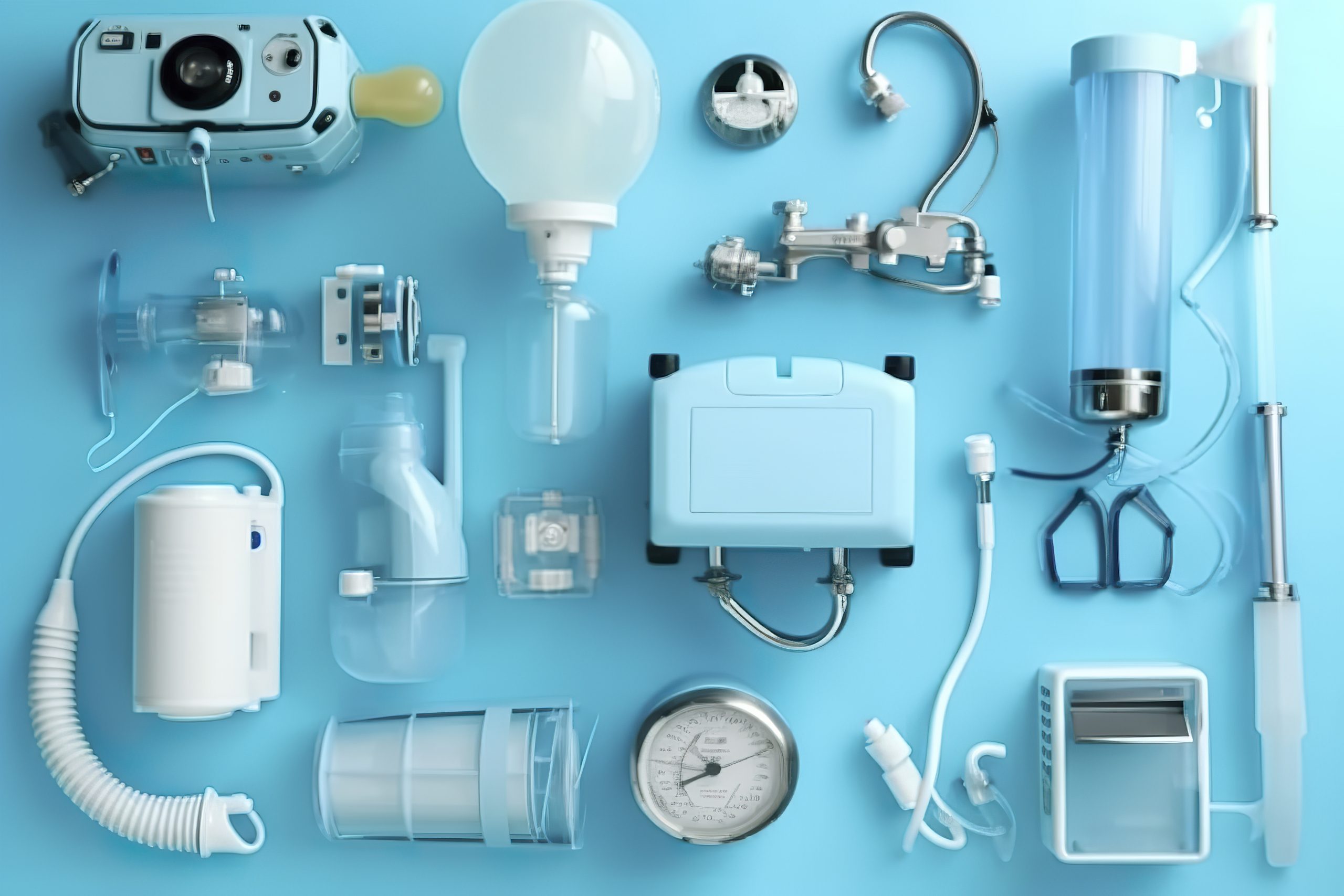Imagine a market where healthcare spending exceeds €2 trillion annually, and innovation is not just encouraged but heavily funded. That’s right, folks—welcome to Europe, where the healthcare sector is not just a priority but practically a national pastime. With such a colossal market size, the opportunities are as vast as a Swiss mountaintop.
Why is Europe the golden ticket for healthcare and pharmaceutical businesses? It’s simple: a robust regulatory framework, abundant R&D funding, and a collaborative ecosystem that’s ripe for innovation. From state-of-the-art medical facilities in Germany to cutting-edge biotech hubs in the UK, Europe is a playground for businesses eager to make a mark.
This article aims to be your trusty guide through the labyrinth of the European healthcare market. Whether you’re a pharmaceutical giant or a scrappy medtech startup, we’ll provide you with the insights and strategies you need to navigate, expand, and thrive in Europe’s healthcare and pharmaceutical sectors.
So buckle up, and let’s dive into this ocean of opportunities!
Overview of the European Healthcare Market

Market Size and Growth
Europe’s healthcare market is like a well-fed giant—healthy, growing, and always hungry for innovation.
Currently valued at over €2 trillion, it’s projected to keep expanding, driven by an aging population, increasing chronic diseases, and a relentless push for technological advancements.
With annual growth rates hovering around 5%, the future looks as bright as a summer day in the south of France.
Regulatory Environment
Now, before you start packing your bags, let’s talk rules. Europe’s regulatory environment is comprehensive, ensuring safety, efficacy, and quality. The European Medicines Agency (EMA) and national regulatory bodies work tirelessly to maintain high standards. Yes, it’s a bit like navigating a maze, but think of it as a rite of passage. Once you’re through, you’re in a market that values and rewards compliance and innovation.
Healthcare Infrastructure
When it comes to infrastructure, Europe is the creme de la creme. From the ultra-modern hospitals in Scandinavia to the specialized clinics in Germany, healthcare services here are top-notch.
The availability and quality of care vary, of course, but overall, Europe boasts some of the best healthcare systems in the world. Whether it’s primary care, specialized treatments, or cutting-edge research facilities, Europe has it all, making it a prime destination for healthcare and pharmaceutical businesses.
Key Opportunities in the Pharmaceutical Sector
Research and Development (R&D)
Imagine Europe as a bustling playground where scientists and innovators mingle like kids in a candy store. Investment opportunities in R&D are abundant, with countries like Germany, the UK, and Switzerland leading the charge.
European innovation hubs such as the Cambridge Biomedical Campus and BioValley in Switzerland are teeming with opportunities for collaboration. Partnering with European research institutions isn’t just a possibility; it’s a strategic move that can catapult your business into new realms of innovation.
Drug Manufacturing and Supply Chain
If you think of drug manufacturing as a symphony, Europe is the conductor with a well-rehearsed orchestra. The continent’s manufacturing capabilities are second to none, with state-of-the-art facilities and a highly skilled workforce.
Logistics and distribution channels are efficient, thanks to Europe’s excellent infrastructure. Whether you’re looking to set up manufacturing plants or optimize your supply chain, Europe offers a seamless blend of quality and efficiency.
Just imagine your products zipping through the autobahns of Germany or the well-connected ports of the Netherlands!
Market Access and Pricing
Navigating the pricing and reimbursement landscape in Europe can feel like solving a complex puzzle, but with the right strategy, it’s entirely doable. Each country has its own set of rules and processes for market access, but don’t let that intimidate you.
Understanding these nuances is key to success. Engage with local experts, build relationships with healthcare authorities, and stay informed about the latest pricing regulations.
Think of it as mastering a new dance—once you know the steps, you can move smoothly across the floor, ensuring your products reach the market effectively and are priced competitively.
Opportunities in Medical Devices and Health Technology
Innovation and Adoption
Europe is like a tech-savvy friend who’s always ahead of the curve, especially when it comes to medical devices and health technology. Trends such as wearable health monitors, AI-driven diagnostics, and telemedicine are not just emerging—they’re booming.
Countries like Sweden and Denmark are frontrunners in adopting these innovations, thanks to their robust healthcare systems and tech-friendly policies. If you’re in the business of creating cutting-edge medical devices, Europe’s appetite for innovation makes it the perfect playground for your products.
Regulatory Pathways
Navigating the regulatory pathways for medical devices and digital health technologies in Europe might seem like decoding a secret language, but once you get the hang of it, it’s quite manageable. The European Union Medical Device Regulation (MDR) and In Vitro Diagnostic Regulation (IVDR) are the key frameworks here.
These regulations ensure that all devices meet strict safety and performance standards before they hit the market. While the approval process can be rigorous, it ultimately enhances your product’s credibility and market readiness. Think of it as earning a gold star that reassures healthcare providers and patients of your device’s quality.
Collaborative Ecosystem
In Europe, collaboration isn’t just encouraged; it’s a way of life. The continent is home to a thriving ecosystem of tech companies, hospitals, and research centers eager to partner and innovate.
Whether it’s working with a tech giant in Ireland, a specialized research center in France, or a leading hospital in Spain, the opportunities for collaboration are vast. These partnerships can accelerate your product development, provide valuable insights, and open doors to new markets.
Imagine your device being tested in world-class facilities and refined through feedback from Europe’s top healthcare professionals. It’s a win-win scenario that propels your business forward.
Strategies for Successful Market Entry
Market Research and Entry Strategy
Entering the European market without thorough research is like jumping into a pool without checking the depth. Start by conducting comprehensive market research to identify the regions and countries with the highest demand for your products.
Look into local healthcare needs, spending patterns, and existing competition. Once you have a clear picture, craft a tailored entry strategy. Whether you choose to enter through direct sales, partnerships, or setting up local subsidiaries, make sure your strategy aligns with your business goals and the unique dynamics of the European market. It’s all about finding the right fit—like choosing the perfect suit for a big event.
Regulatory Compliance
Understanding and navigating Europe’s regulatory landscape can feel like solving a complex puzzle, but with the right approach, it’s manageable. Each country has its own set of regulations, and then there are overarching EU directives to consider.
For pharmaceuticals, familiarize yourself with the European Medicines Agency (EMA) guidelines, while for medical devices, the Medical Device Regulation (MDR) and In Vitro Diagnostic Regulation (IVDR) are your go-tos.
It’s crucial to stay updated on any changes and work closely with regulatory experts. Think of compliance as your golden ticket—once you have it, you’re set to explore the vast opportunities Europe offers.
Building Partnerships
In Europe, business is often a team sport. Building local partnerships can be the key to your success. Collaborate with local healthcare providers, research institutions, and even other companies to gain insights and enhance your market presence.
These partnerships can help you navigate the local market, understand regulatory nuances, and access new customer bases. Plus, local partners bring invaluable knowledge and connections that can smooth your entry and growth in Europe.
Imagine having a local guide who knows all the shortcuts and best spots—partnerships offer you just that, paving the way for a smoother, more successful market entry.
Case Studies and Success Stories
Case Study 1: Gilead Sciences’ Expansion into Europe

- Company Background: Gilead Sciences, an American biopharmaceutical company, is renowned for its innovative treatments for life-threatening diseases such as HIV/AIDS, liver diseases, and cancer.
- Expansion Journey: Gilead entered the European market by leveraging its strong R&D capabilities and forming strategic partnerships. One of their significant moves was the acquisition of Pharmasset in 2011, which brought the groundbreaking hepatitis C drug Sovaldi into their portfolio.
- Strategy and Execution: Gilead worked closely with the European Medicines Agency (EMA) to ensure regulatory compliance. They strategically launched Sovaldi across multiple European countries, addressing a significant unmet medical need. By collaborating with local healthcare providers and governments, Gilead was able to navigate the complex pricing and reimbursement landscape effectively.
- Outcome: Sovaldi became a game-changer in the treatment of hepatitis C, leading to high adoption rates across Europe. Gilead’s revenues soared, with the European market contributing significantly to their global sales. The success of Sovaldi in Europe not only boosted Gilead’s financials but also cemented their reputation as a leader in innovative therapies.
Case Study 2: Medtronic’s Growth in the European Market

- Company Background: Medtronic, headquartered in Ireland, is one of the world’s largest medical device companies, specializing in technology-driven solutions for chronic diseases.
- Expansion Journey: Medtronic’s growth strategy in Europe involved both organic expansion and strategic acquisitions. One notable acquisition was Covidien in 2015, which enhanced their product portfolio and market presence in Europe.
- Strategy and Execution: Medtronic focused on navigating the regulatory landscape by ensuring their devices met the stringent requirements of the European Union Medical Device Regulation (MDR). They established R&D centers across Europe and collaborated with leading hospitals and research institutions to drive innovation and product development.
- Outcome: Medtronic’s comprehensive approach paid off, with their products widely adopted across Europe. Their strong presence in the European market contributed to a significant portion of their global revenue, solidifying their status as a leader in medical technology.
Lessons Learned: Key Takeaways and Insights
Thorough Market Research: Both Gilead and Medtronic invested in understanding the European market dynamics, identifying key areas of unmet need, and tailoring their strategies accordingly.
- Regulatory Compliance: Successfully navigating the complex regulatory environment is crucial. Gilead’s collaboration with the EMA and Medtronic’s adherence to MDR requirements were pivotal in their market success.
- Strategic Partnerships: Building relationships with local healthcare providers, research institutions, and government bodies helped both companies gain critical insights and market access.
- Adaptability and Innovation: Continual innovation and adaptability to local market demands enabled these companies to stay competitive and relevant in the European market.
- Long-term Vision: Both companies had a long-term vision for their European operations, emphasizing strategic planning, sustained investment, and perseverance.
These real-life examples illustrate how strategic planning, regulatory compliance, and local partnerships can drive success in the European healthcare and pharmaceutical markets. By learning from these industry leaders, other businesses can chart a path to similar achievements in Europe.
Challenges and How to Overcome Them

Regulatory Hurdles
Common Challenges: Regulatory compliance in Europe can feel like a never-ending maze. Each country has its own specific requirements, and then there are overarching regulations like the European Medicines Agency (EMA) guidelines for pharmaceuticals and the Medical Device Regulation (MDR) for medical devices. The approval process is rigorous, demanding extensive documentation, clinical trials, and continuous post-market surveillance.
Strategies to Address Them:
- Hire Local Experts: Engage regulatory consultants or hire local regulatory affairs experts who understand the intricacies of European regulations.
- Early Planning: Start the regulatory process early to allow ample time for approvals and adjustments.
- Continuous Monitoring: Stay updated with regulatory changes and ensure your compliance systems are agile enough to adapt.
- Collaborate with Authorities: Build good relationships with regulatory bodies. Open communication can help resolve issues quickly and efficiently.
Cultural and Market Differences
Common Challenges: Europe is a tapestry of diverse cultures, languages, and healthcare systems. What works in Germany might not resonate in Italy, and the healthcare priorities in the UK could be different from those in Spain. Understanding these cultural nuances and market dynamics is crucial for success.
Strategies to Address Them:
- Local Market Research: Conduct detailed market research for each country to understand local preferences, healthcare needs, and market conditions.
- Cultural Sensitivity Training: Provide cultural sensitivity training to your team to ensure they can navigate the local business environment effectively.
- Tailored Marketing Strategies: Customize your marketing strategies to fit the local culture and language. What appeals to one market might need tweaking for another.
- Leverage Local Partnerships: Collaborate with local businesses, healthcare providers, and influencers who have a deep understanding of the market.
Competition
Common Challenges: The European healthcare and pharmaceutical markets are highly competitive, with numerous established players and new entrants vying for market share. Standing out in such a crowded market requires a clear value proposition and strategic differentiation.
Strategies to Stand Out:
- Innovation: Focus on innovation and offer products that address unmet needs or provide superior solutions compared to existing offerings.
- Quality and Reliability: Build a reputation for high-quality and reliable products. Consistency in quality can set you apart in a market that values safety and efficacy.
- Customer-Centric Approach: Prioritize patient and customer satisfaction. Understand their needs and provide exceptional service and support.
- Brand Building: Invest in building a strong brand presence. Effective branding and marketing can create a loyal customer base and enhance your market visibility.
- Flexible Pricing Models: Develop flexible pricing models that cater to different segments of the market. Competitive pricing can be a significant advantage, especially in price-sensitive markets.
By proactively addressing these challenges with well-thought-out strategies, businesses can successfully navigate the European healthcare and pharmaceutical landscape, turning potential obstacles into stepping stones for growth and success.
Key Takeaways
In exploring the vast opportunities of the European healthcare market, we’ve uncovered several key insights:
- Market Potential: Europe’s healthcare market exceeds €2 trillion annually and continues to grow, driven by innovation and an aging population.
- Opportunities: From pharmaceuticals to medical devices and health technology, Europe offers fertile ground for businesses looking to expand.
- Strategies: Successful market entry hinges on thorough research, regulatory compliance, strategic partnerships, and differentiation in a competitive landscape.
Europe’s healthcare sector isn’t just a market—it’s a frontier of innovation and growth. With its robust infrastructure, supportive regulatory environment, and diverse market opportunities, Europe beckons businesses to innovate and thrive.
As you embark on your journey into Europe’s healthcare market, remember: every challenge is a chance to innovate, every regulation a pathway to credibility, and every partnership a gateway to success. Embrace the potential, and together, let’s shape the future of healthcare in Europe and beyond.








